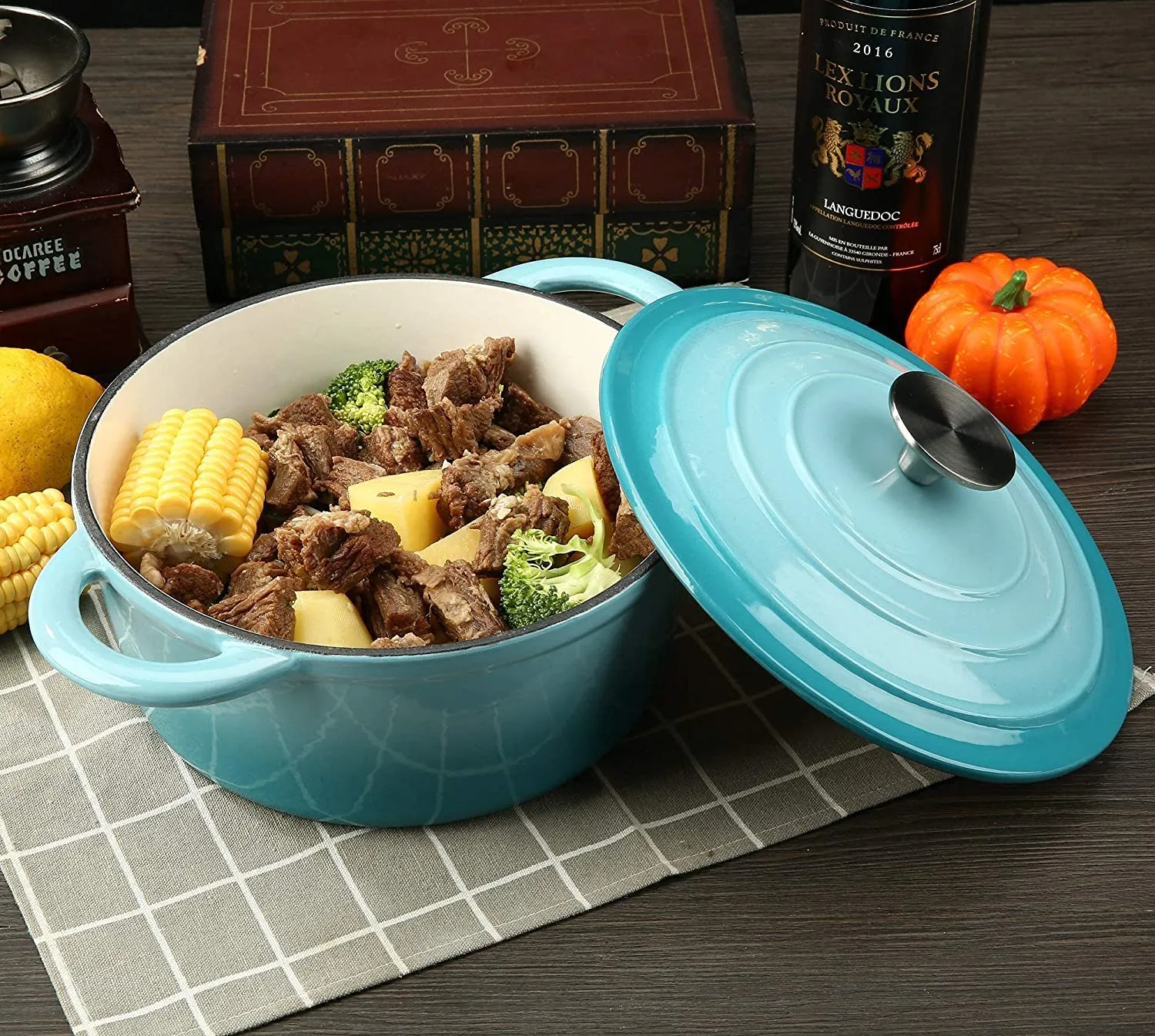
cast iron fried egg
The Art of Cooking Fried Eggs in a Cast Iron Skillet
Fried eggs are a simple yet satisfying meal that many people enjoy for breakfast, lunch, or even dinner. The technique to achieve that perfect fried egg, however, relies significantly on the type of cookware used. One of the most traditional and revered materials for frying eggs is cast iron. This article explores the wonders of cooking fried eggs in a cast iron skillet and offers tips on how to master this culinary art.
Cast iron skillets have been a staple in kitchens for centuries. Renowned for their heat retention and even cooking capabilities, they are perfect for frying eggs to achieve that ideal combination of crispy edges and a soft, runny yolk. When seasoned properly, cast iron skillets develop a natural non-stick surface that enhances the cooking experience.
Getting Started Preparing Your Cast Iron Skillet
Before frying your eggs, it’s crucial to prepare your cast iron skillet. If you’re using a well-seasoned skillet, it should already have a dark, semi-gloss finish. If it appears dull or dry, you may need to re-season it. To do this, clean the skillet with hot water and a non-abrasive scrubber, then dry it thoroughly. Apply a thin layer of vegetable oil or flaxseed oil and bake it upside down in the oven at 375°F (190°C) for an hour. This process helps to create that coveted non-stick surface while also enhancing the skillet's durability.
The Perfect Cooking Technique
Once your skillet is ready, preheat it over medium heat. The right temperature is essential; too high, and you risk burning the eggs, too low, and they will stick. Allow the skillet to heat up for a few minutes, and then add a generous pat of butter or a splash of oil. The fat not only prevents sticking but also adds flavor to your egg.
When the butter is melted and starts to bubble but isn’t browned, it’s time to crack the eggs. Crack them gently on the side of the skillet or a separate bowl to prevent any shell fragments from getting into your dish. Slowly pour the eggs into the skillet, being careful not to overcrowd the pan; too many eggs at once can lower the temperature and affect cooking.
cast iron fried egg

Cooking to Perfection
As the eggs begin to set, you can gently slide a spatula under the firmer white part to ensure it doesn’t stick. For sunny-side-up eggs, allow them to cook until the whites are fully set but the yolks remain runny, typically about 3-4 minutes. If you prefer your yolks cooked a bit more, you can cover the skillet with a lid for a minute or two, allowing steam to cook the tops without flipping.
For over-easy or over-medium eggs, gently flip them with a spatula once the whites are firm. Cook for an additional minute for over-easy or around two minutes for over-medium, depending on your preference.
Serving Suggestions
Once your cast iron fried eggs are cooked to perfection, it’s time to serve. They pair beautifully with toast, avocado, or a side of fresh greens. For an extra flavor boost, consider seasoning with a pinch of salt, pepper, or a sprinkle of herbs. You might even add a dash of hot sauce for those who enjoy a bit of heat!
Conclusion
Cooking fried eggs in a cast iron skillet is not just about the end product; it’s about the connection with the cookware. Cast iron pans require a bit of care but reward you with incredible flavor and an unbeatable cooking experience. With practice, you’ll master the technique of frying the perfect egg that is crispy on the edges and soft in the center, all while appreciating the rich history of this timeless kitchen tool. So grab your cast iron skillet, and start experimenting with your egg-frying skills!
-
High Quality Cast Iron Cookware - ZD Cookware|Durable Heat Retention&Non-Stick SurfaceNewsJul.13,2025
-
Cast Iron Pancake Crepe Pan-Durable Kitchenware-ZD CookwareNewsJul.13,2025
-
Premium Cast Iron Cookware ZD Cookware|Durable Non-Stick Wooden HandleNewsJul.13,2025
-
Durable Cast Iron Pancake Crepe Pan - Zhejiang ZD Cookware Co., Ltd.|Heat Retention,Durability,Non-Stick Surface,Versatile Cooking,Wooden HandleNewsJul.12,2025
-
High Quality Cast Iron Cookware - ZD Cookware | Black Pancake Pan, Non-Stick SurfaceNewsJul.12,2025
-
Premium Cast Iron Square Frying Pan – Durable Nonstick Griddle for Even CookingNewsJul.08,2025


